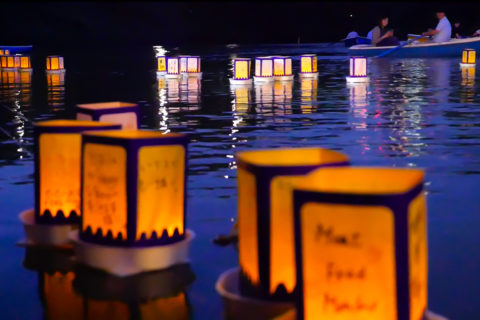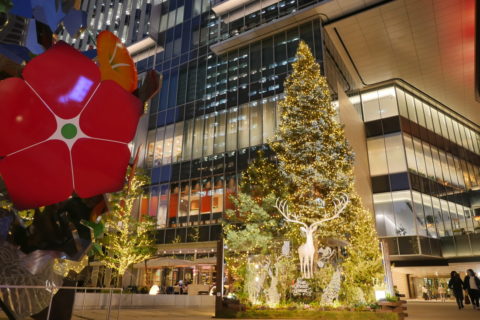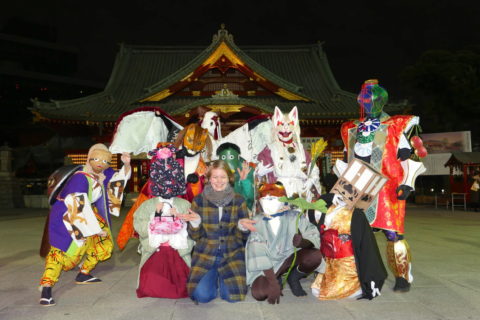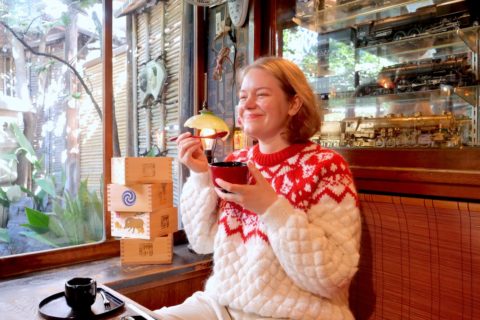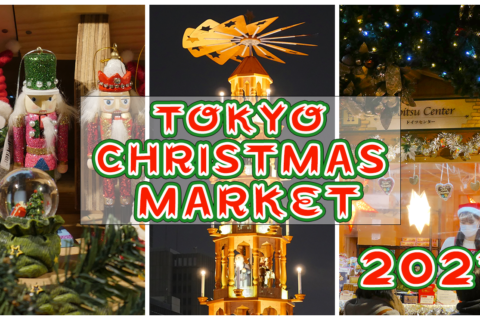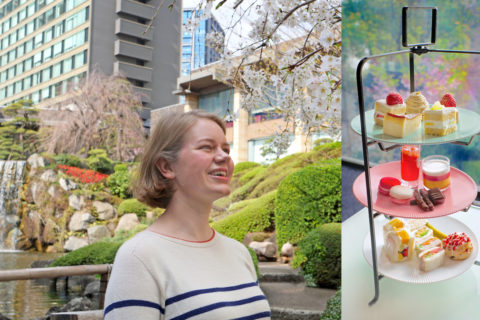
The Sanno Matsuri Festival, one of the three major festivals of Edo, is held every two years. This year, the main festival will be celebrated for the first time in six years! It is one of the most significant traditional events in Tokyo and a grand celebration to pray for peace. The “Shinkosai” on June 7, 2024, is a must-see! A 300-meter procession of 500 people dressed in imperial court costumes will traverse a 23-km route from the Imperial Palace to Tokyo Station, Nihonbashi, and Ginza in a single day. We invite you to experience this gorgeous procession and immerse yourself in Japan’s history! In this issue, we will introduce the highlights of the Sanno Matsuri Festival and recommend the best places to see the “Shinkosai” procession.
Content
History of the Sanno Matsuri Festival
The Sanno Matsuri Festival began in the Kamakura period (1185-1333) to entertain the gods and pray for peace throughout the year. The current “Shinkosai” is said to have started in the Edo period (1603-1867).
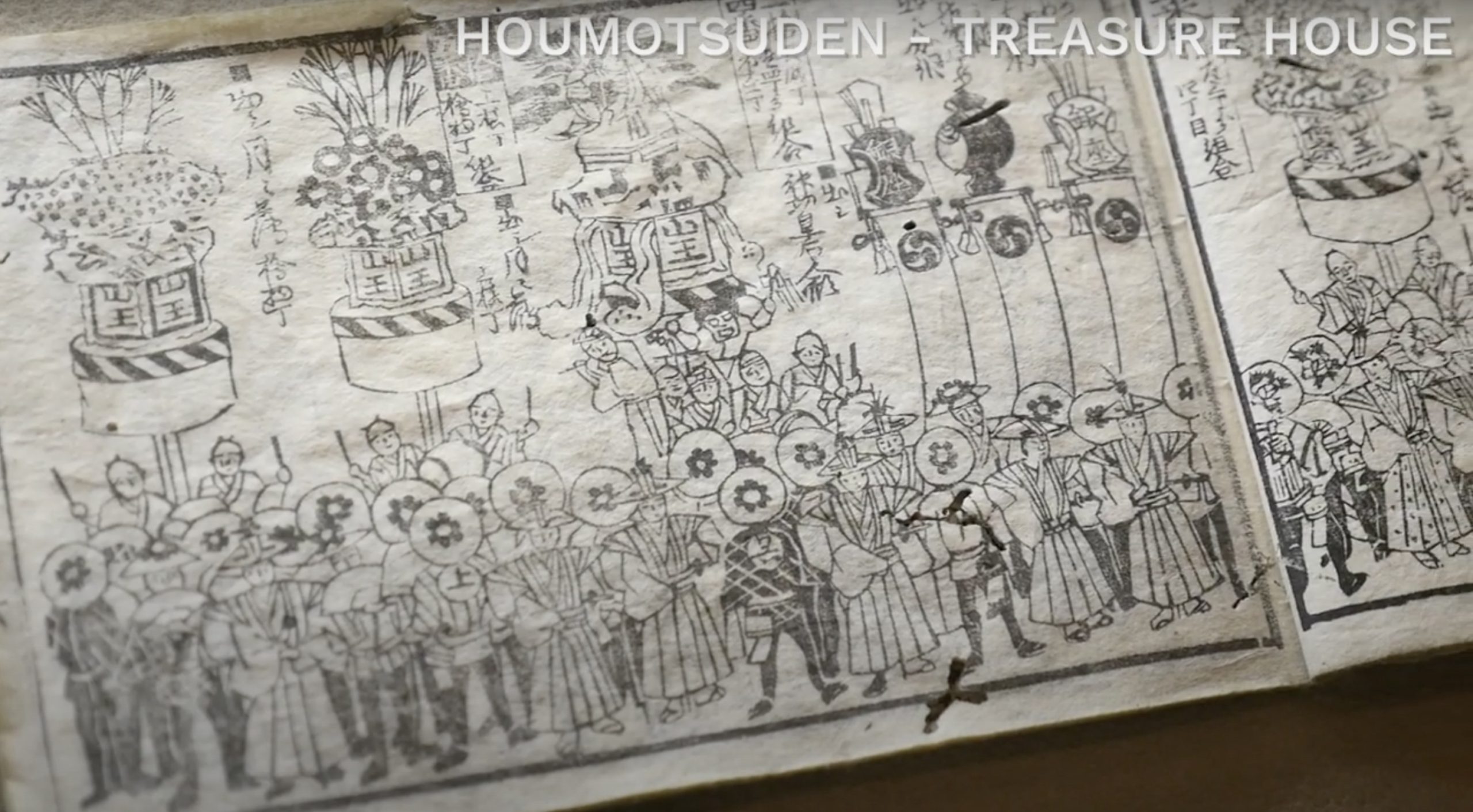
It is believed that to transform Edo into a metropolis, people took inspiration from Kyoto’s Gion Festival, erecting floats to revitalize the then-rural area and prevent epidemics. Beyond its Shinto ritual significance, it became a display of Edo’s prestige and a source of enjoyment for the townspeople. During that time, the Sanno Matsuri Festival was permitted to enter Edo Castle, and with the shogunate’s support, it became a grand event. There were as many as 45 floats, each town competing to outdo the others with decorations. Elephant shows were sometimes included, making it a very extravagant affair!
The Highlight of the Sanno Matsuri Festival: The “Shinkosai”
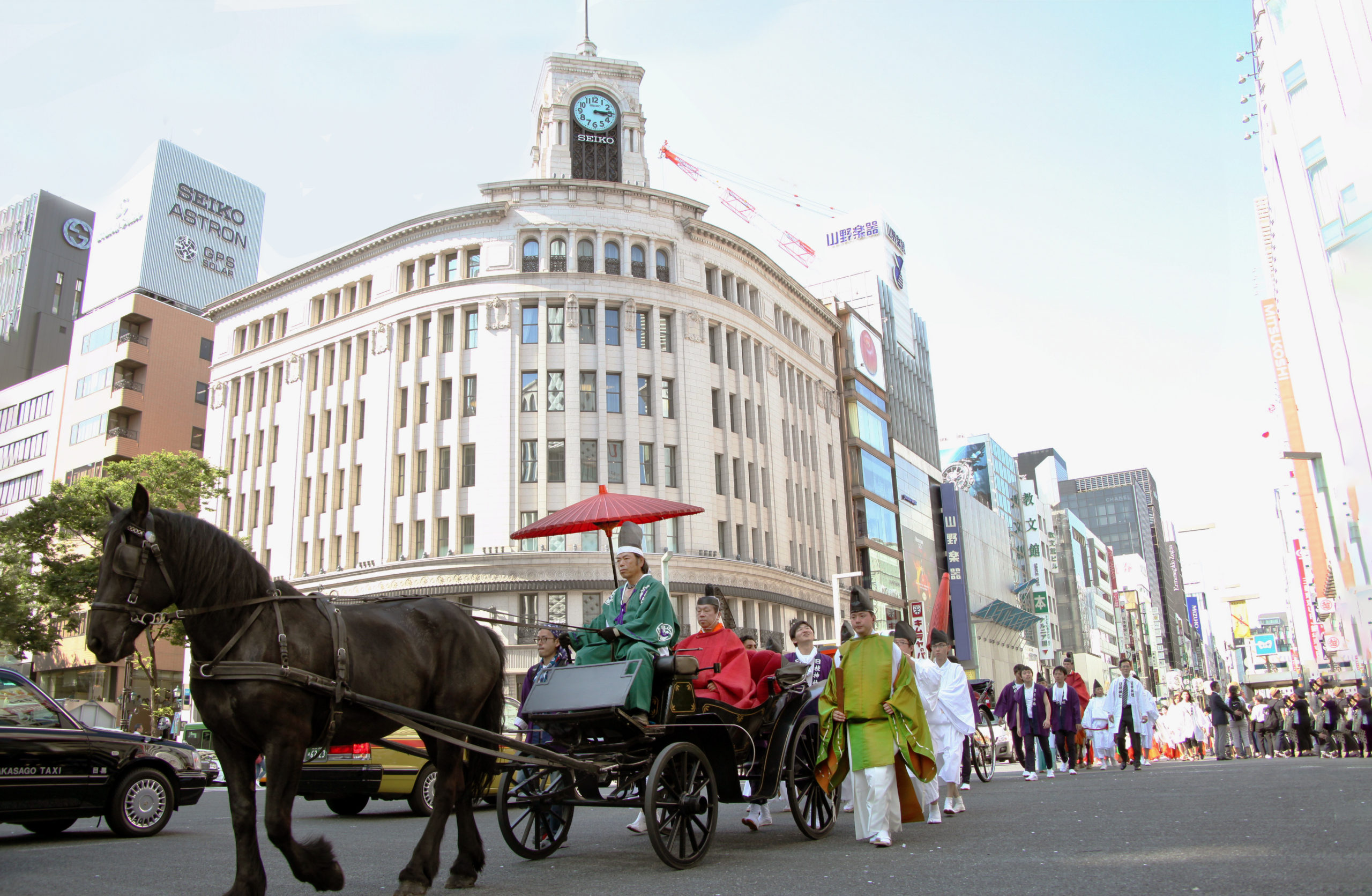
The highlight of the Sanno Matsuri Festival is the “Shinkosai,” held on June 7. A 300-meter procession of people dressed in beautiful imperial costumes parades from Hie Shrine around the Imperial Palace, passing through towns where Hie-jinja Shrine’s ujiko (shrine parishioners) reside. The procession, covering approximately 23 kilometers (13 miles), takes nine hours to complete and spans a wide area around the Imperial Palace, from Yotsuya in the west to Nihonbashi in the east, and to Shinbashi in the south. The entire area of the tour is the “inner” part of Edo Castle from the old days. From this perspective, it is fun to compare the streets of Edo in the past with those of Tokyo today.

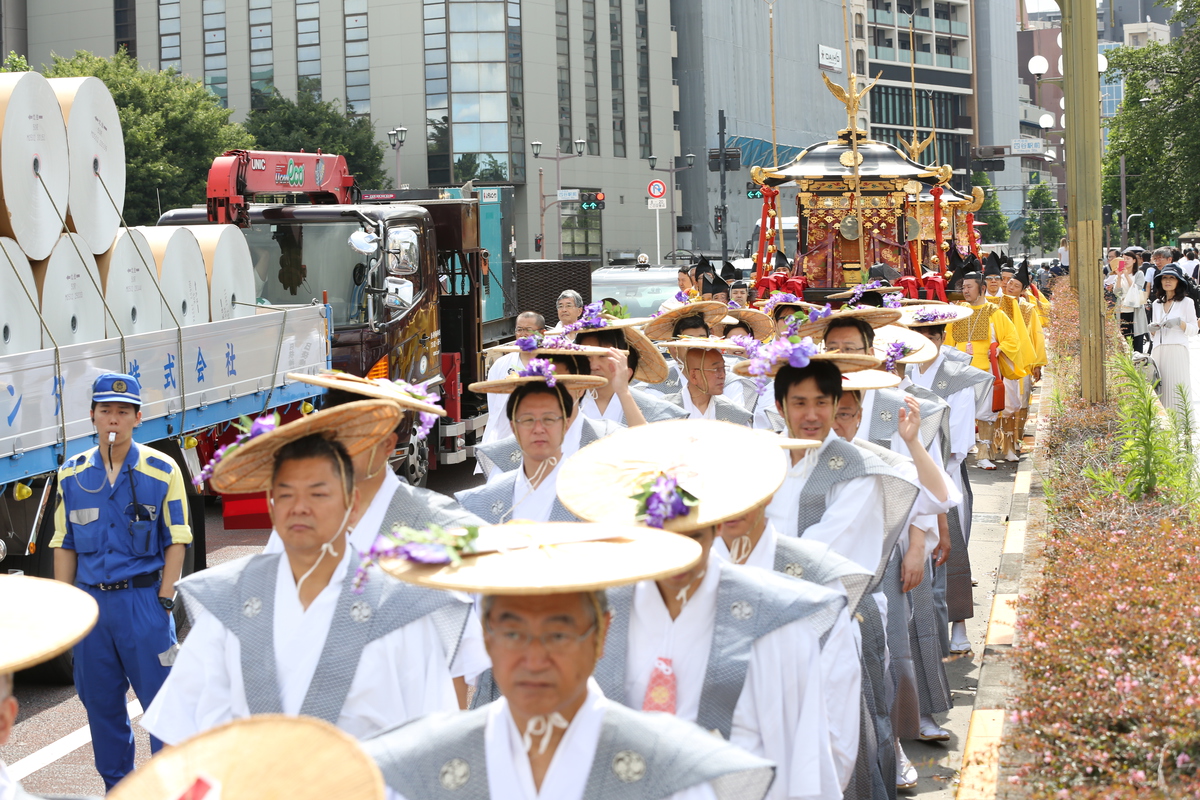
Route of the “Shinkosai” procession
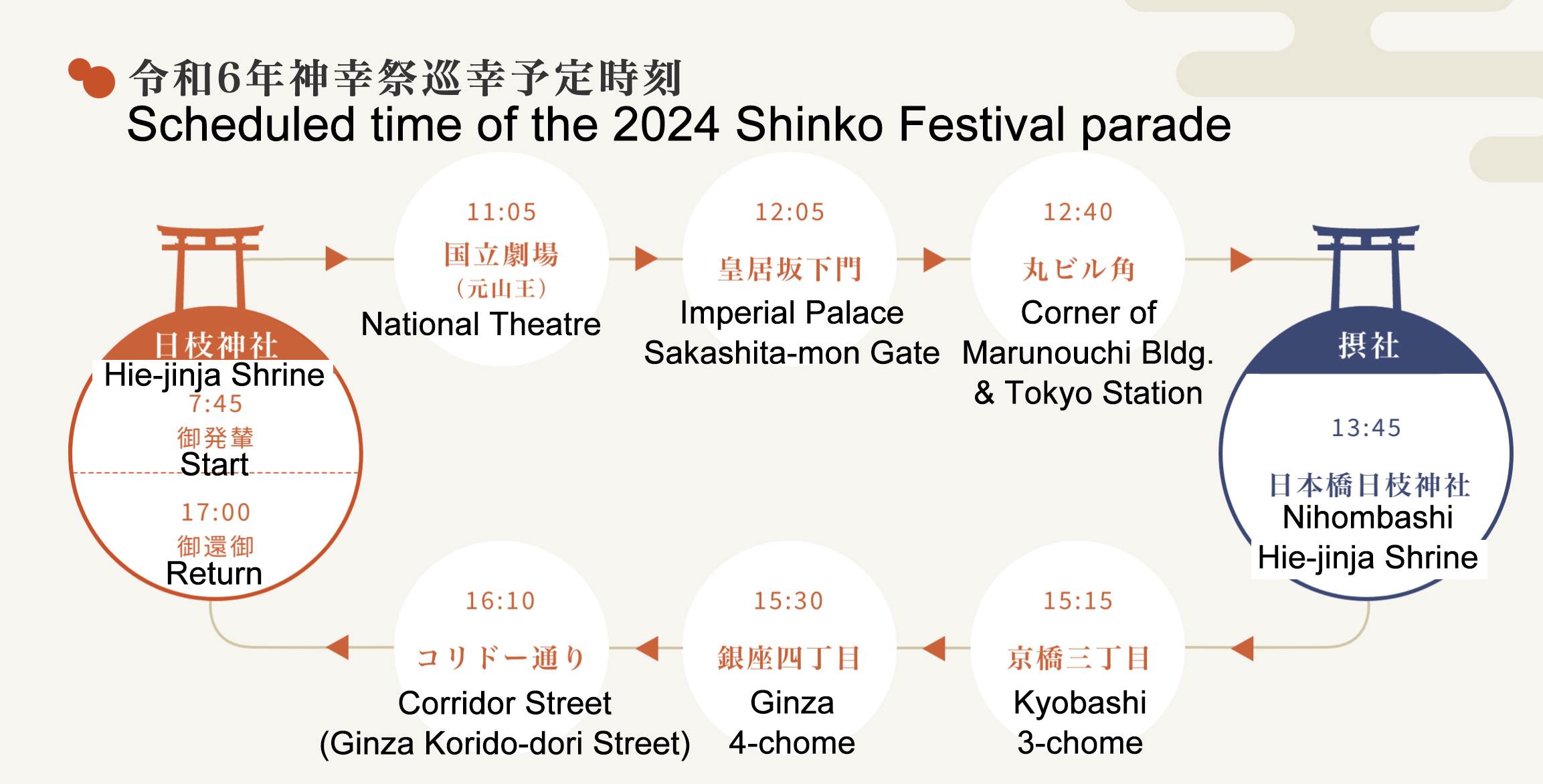
To better understand the parade route, a PDF of the map (in Japanese) can be downloaded from the official website of Hie-jinja Shrine. Additionally, an application using Google Maps (in Japanese) is available.
(1) Shinkosai Procession Route Map

https://www.tenkamatsuri.jp/_assets/pdf/junko_junro.pdf
(2) Digital map of the procession route (mobile app)
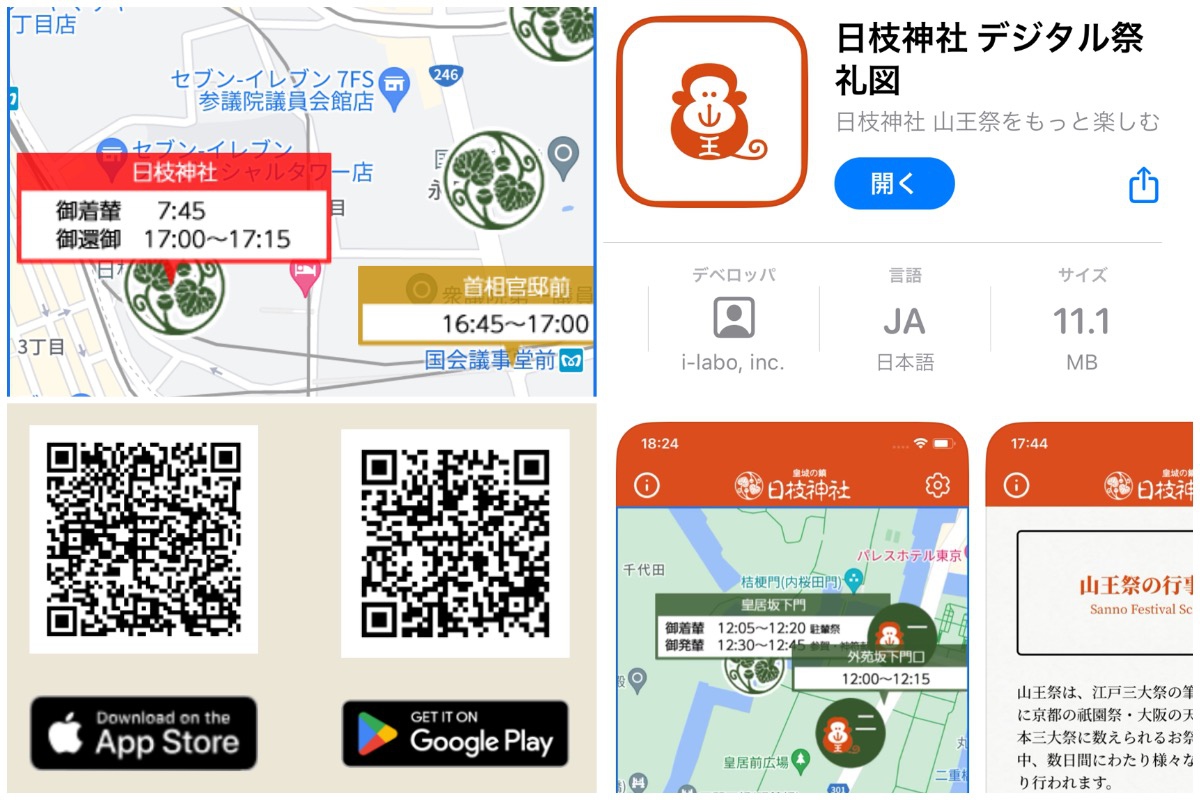
(3) Chiyoda City Tourism Association’s “Enjoy Sanno Matsuri Festival Guide!”
The Chiyoda City Tourism Association has published the “Enjoy Sanno Matsuri Festival Guide!” This guide includes feature articles and maps that are easy to understand and enjoyable even for first-time visitors!
https://visit-chiyoda.tokyo/sannoumatsuri/
Recommended Spots to See the Shinkosai Procession
(1) Hie-jinja Shrine
One of the best places to observe the Shinkosai procession is Hie-jinja Shrine in the Akasaka/Nagatacho area. If you can get up early enough, you can watch the early morning start of the procession.
Please take a look at our video introducing the New Year’s Eve event at Hie-jinja Shrine!
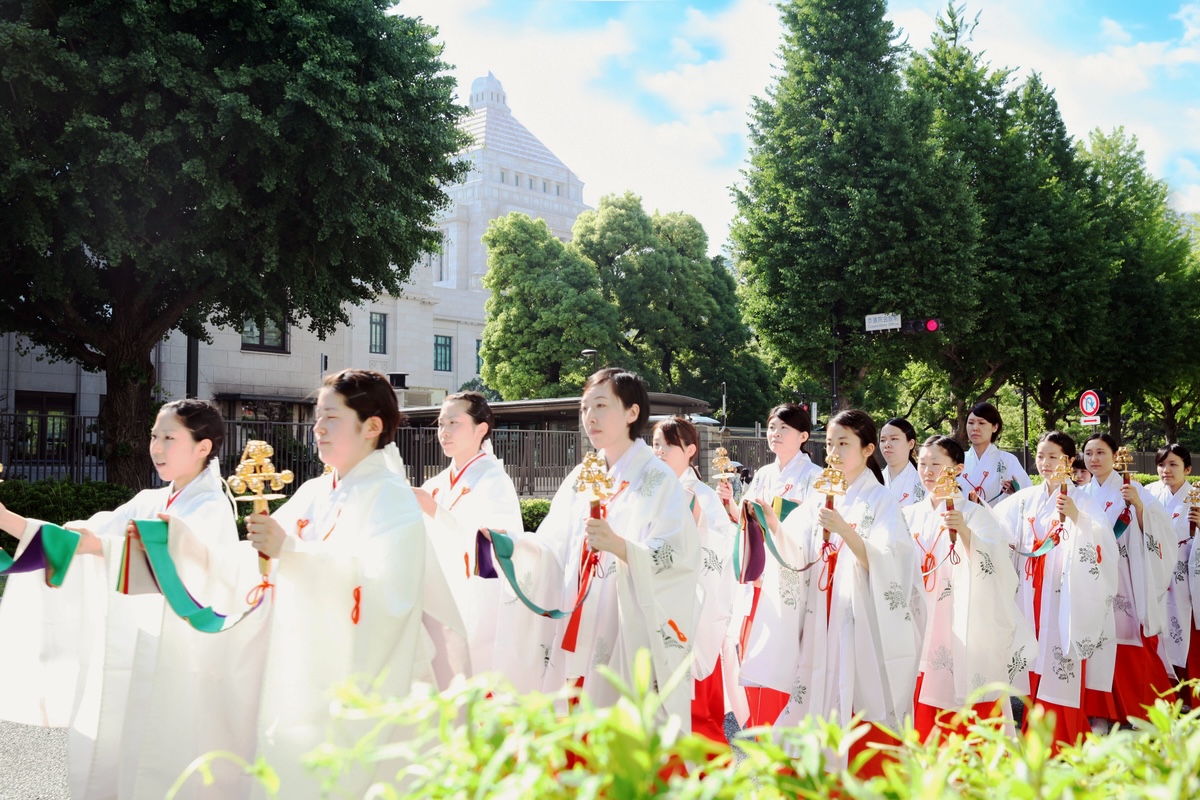
(2) National Theatre of Japan
Another recommended spot is in front of the National Theatre. The procession temporarily stops here, allowing visitors to take pictures of the imperial and shrine palanquins. The procession then proceeds along Uchibori-dori, or the Imperial Palace moat, to the outer gardens of the Imperial Palace, where you can enjoy the full length of the 300-meter procession without any traffic signals for a while!
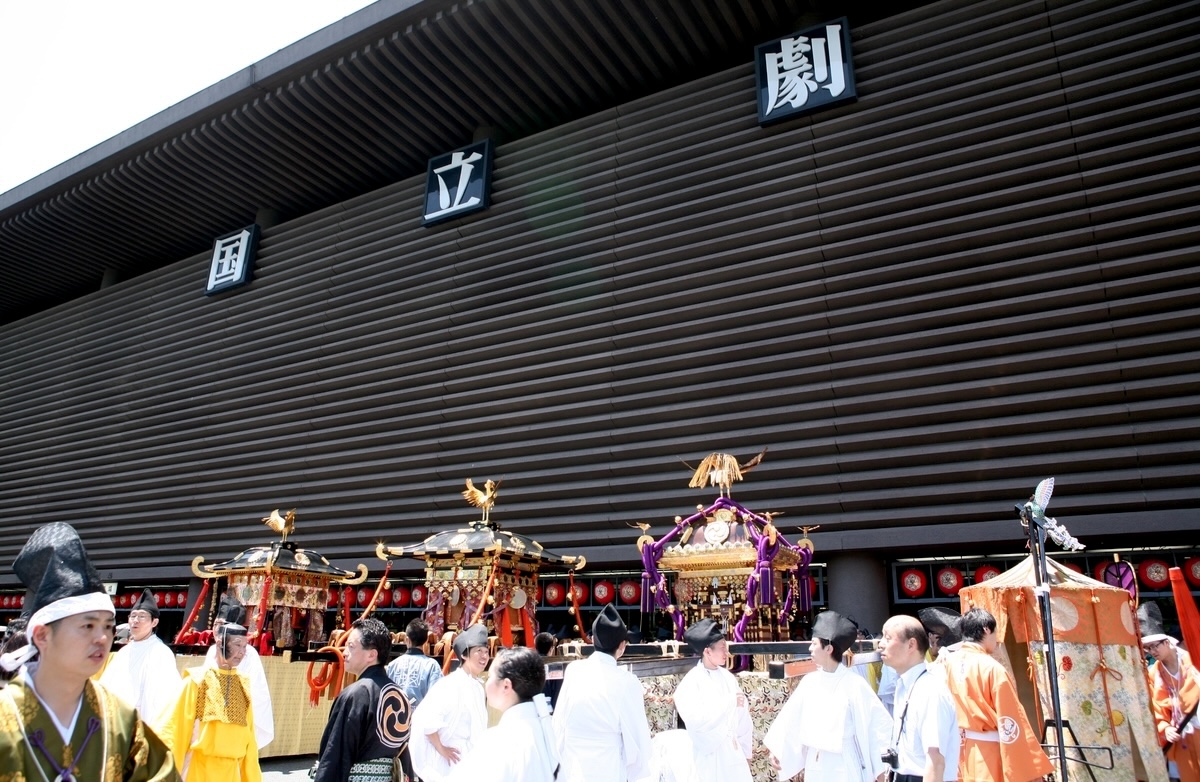
(3) Imperial Palace Outer Gardens
Continuing with the procession, you will reach the outer gardens of the Imperial Palace. The closest point to the Imperial Palace is Sakashita-mon Gate, one of the entrances to the Palace. Nearby is the famous Nijubashi Bridge, which you can visit!
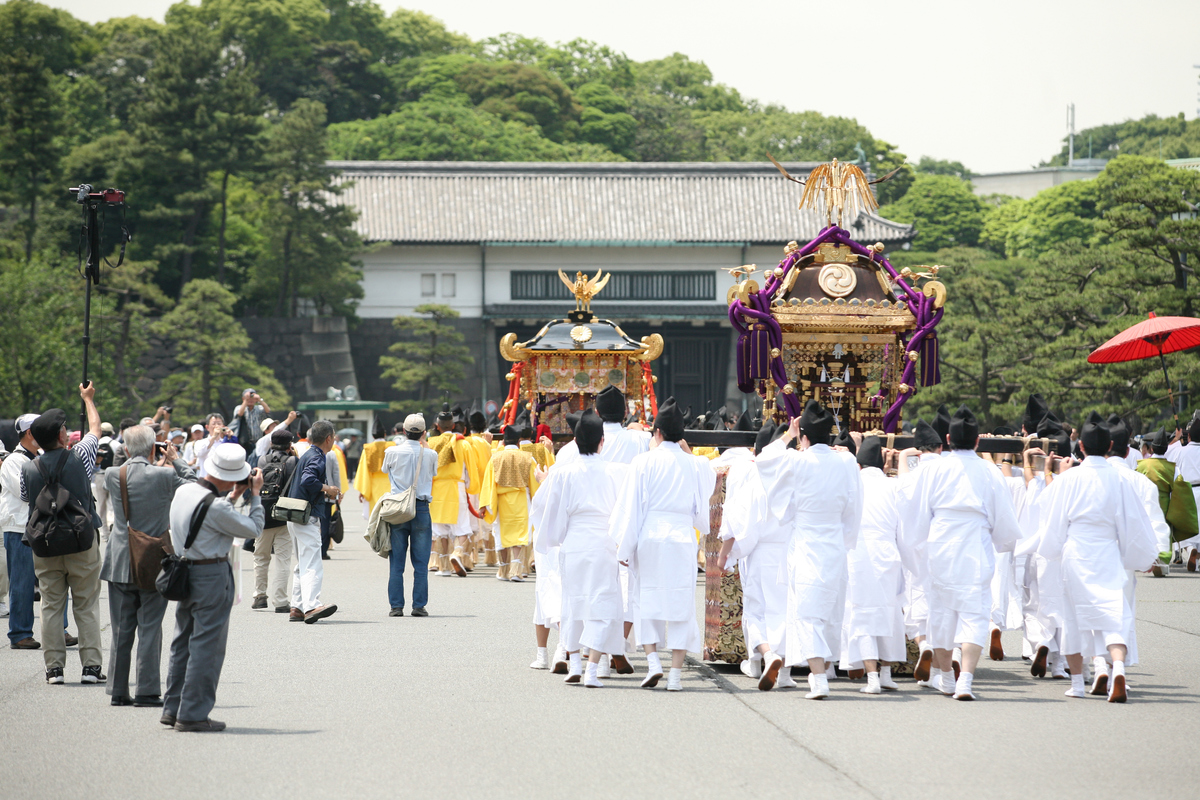
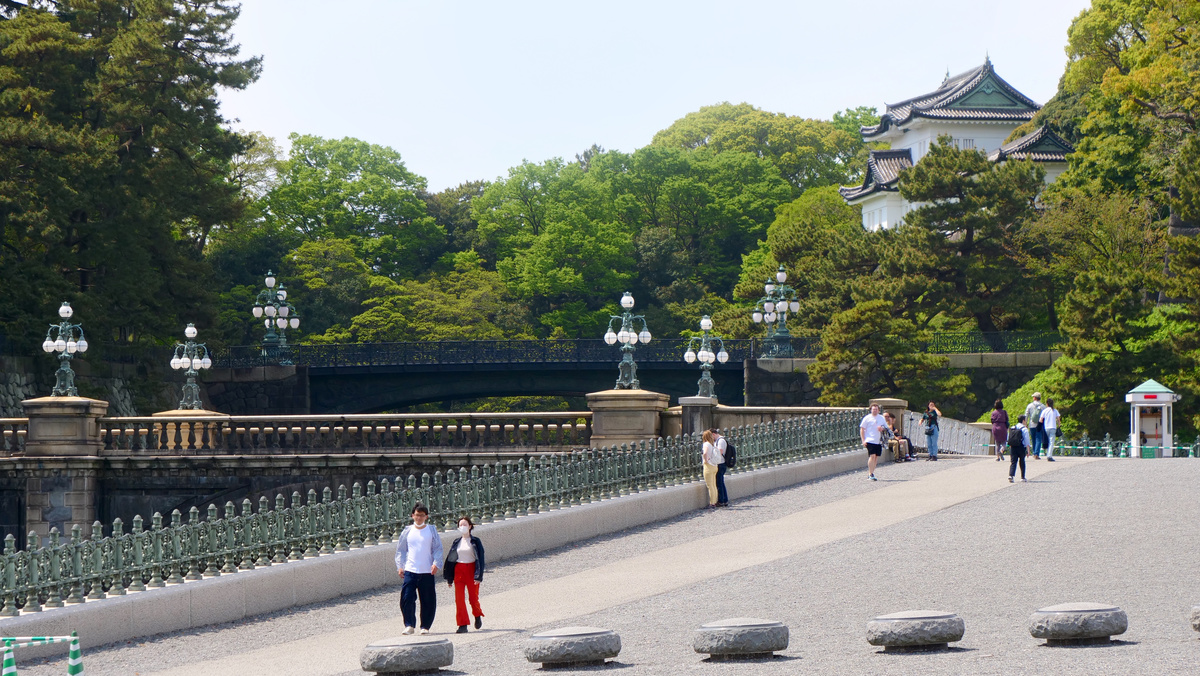
(4) Marunouchi Naka-Dori Street and Tokyo Station Area
From Sakashita-mon, the procession will proceed along Gyoko-dori Avenue leading to Tokyo Station but will turn onto Marunouchi Naka-Dori Street on the way. This Avenue is a popular destination for shopping and cafes. If you are tired of walking, this is a good place to take a tea break.

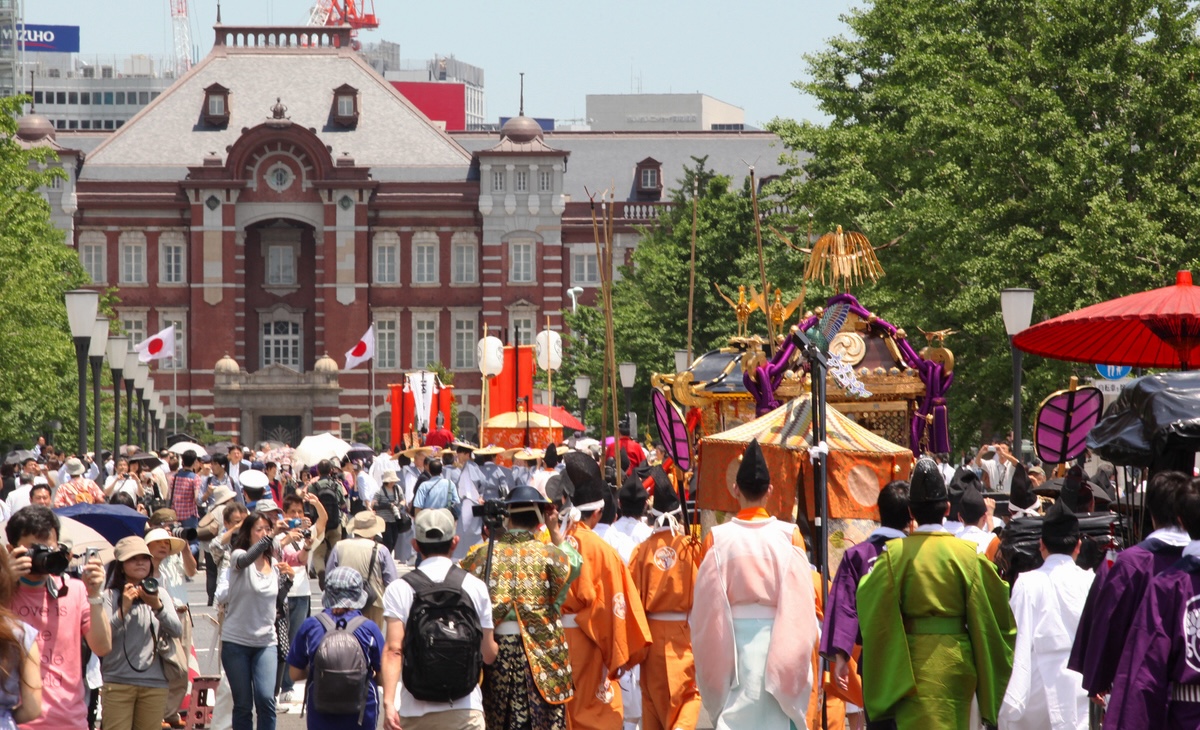
(5) Ginza 4-chome
Ginza is one of Japan’s most popular downtown areas, located in the center of Tokyo. It is renowned for its beautiful harmony of skyscrapers and historical buildings. Lined with luxury brand stores, top restaurants, and showrooms, it is a place where the latest trends continue to emerge. Against the backdrop of the urban cityscape, you can take a closer look at the traditional costumes of the procession.
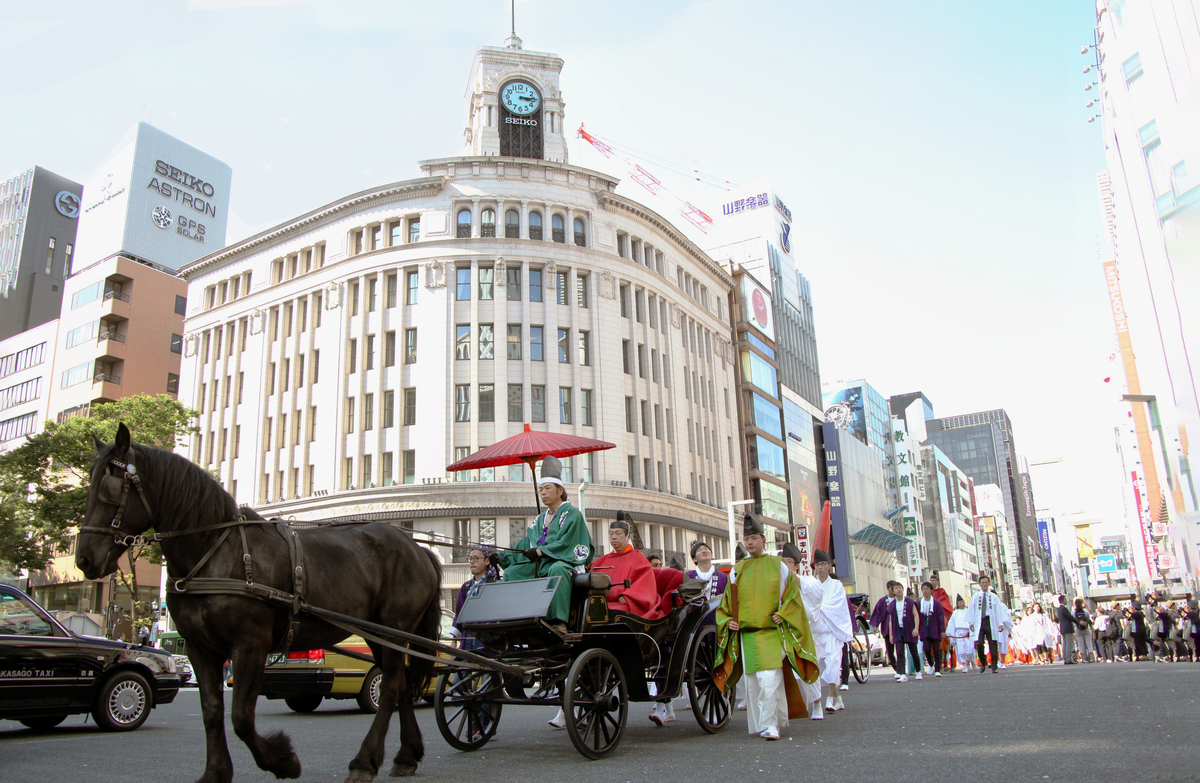
(6) Hibiya Area
The final spot I recommend is the Hibiya area. Passing by the Imperial Hotel, the procession follows Hibiya Park, Japan’s first Western-style park, before returning to Hie-jinja Shrine.
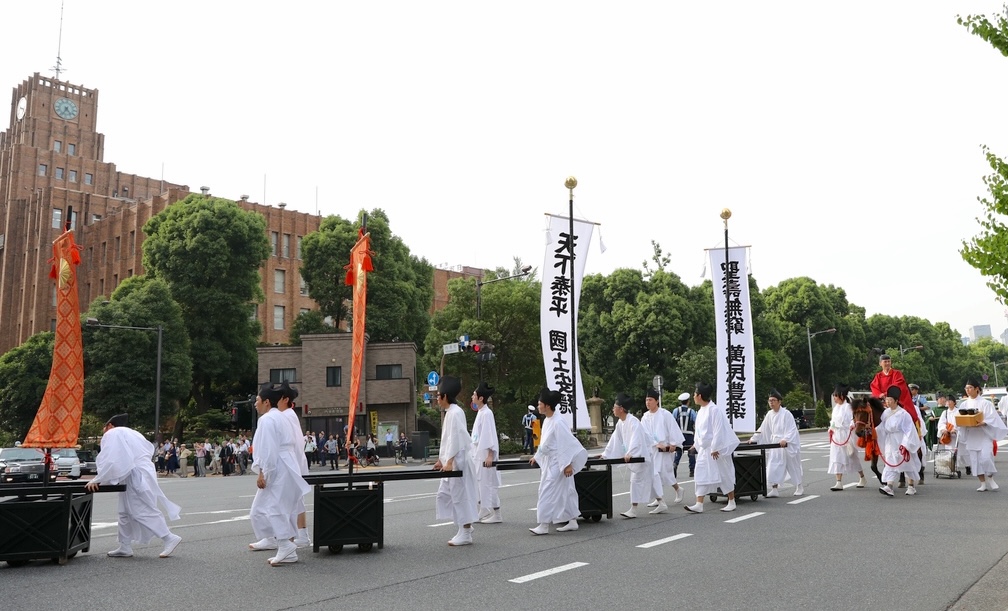
After observing the Shinkosai, visitors can relax and enjoy shopping at HIBIYA OKUROJI, a commercial facility built under the elevated railroad tracks.
“HIBIYA OKUROJI” introduction article
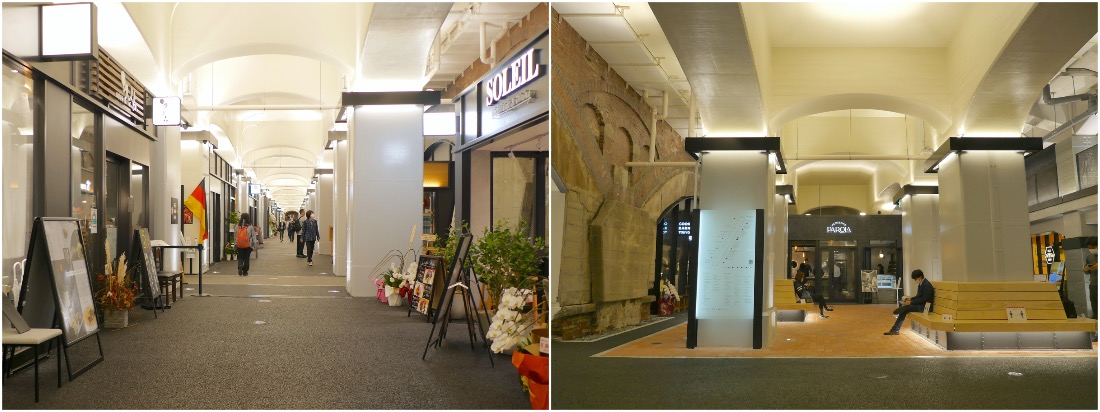
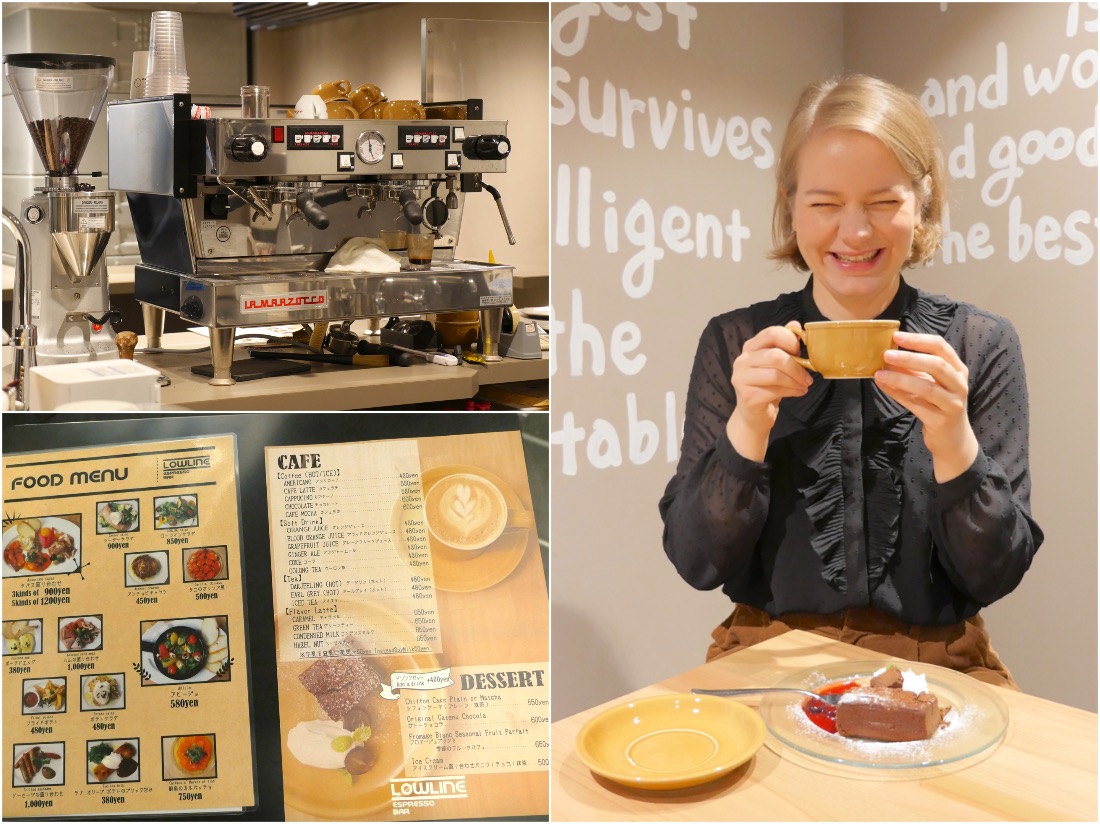
If the weather permits, be sure to stop by Hibiya Park. The lovely fountains and beautiful flowers are sure to soothe you.
Hibiya Park Introduction article
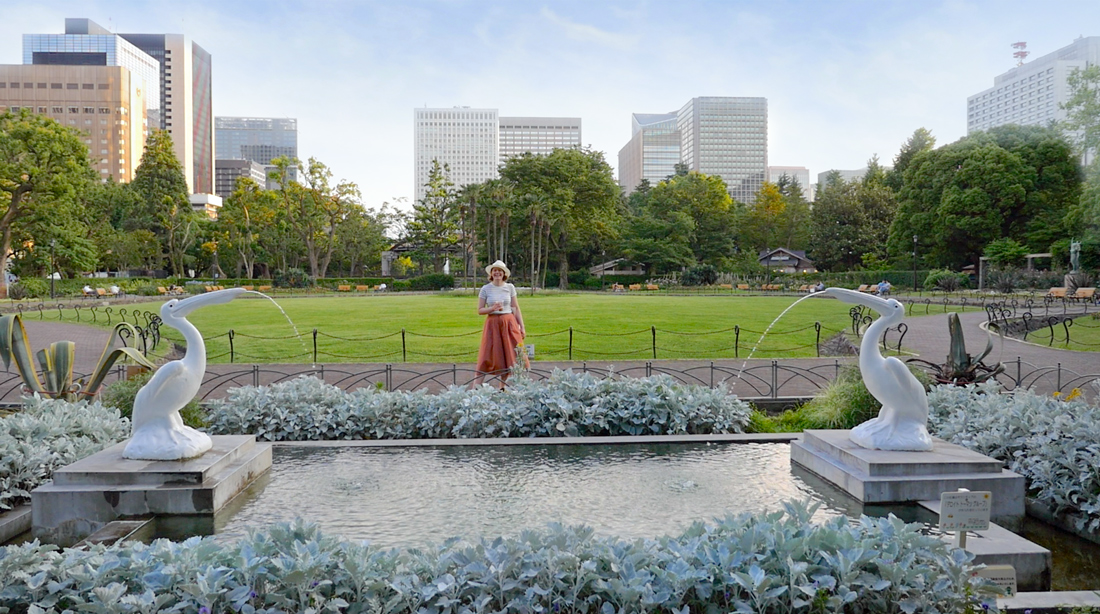
In addition, there is a concentration of excellent restaurants in the TOKYO MIDTOWN HIBIYA commercial facility facing Hibiya Park, making it a great place to dine.
Park View Garden, located on the 6th floor, also offers a different view of Hibiya Park and the Imperial Palace from above.

The Shinkosai of the Sanno Matsuri Festival is a special event that can only be experienced once every two years. Why not take this chance to make some great memories?
Sanno Matsuri Festival “Shinkosai”
Date and Time: Friday, June 7, 2024, 7:45 – 17:00 approx.
Sanno Matsuri official website: http://www.tenkamatsuri.jp/
Hie-jinja Shrine
http://www.hiejinja.net/
2-10-5 Nagatacho, Chiyoda-ku, Tokyo
Google Maps: https://maps.app.goo.gl/MLzEckzQh45ZU7vr8
Nearest Stations: Nagatacho Station, Akasaka-mitsuke Station, Tameike-sanno Station


